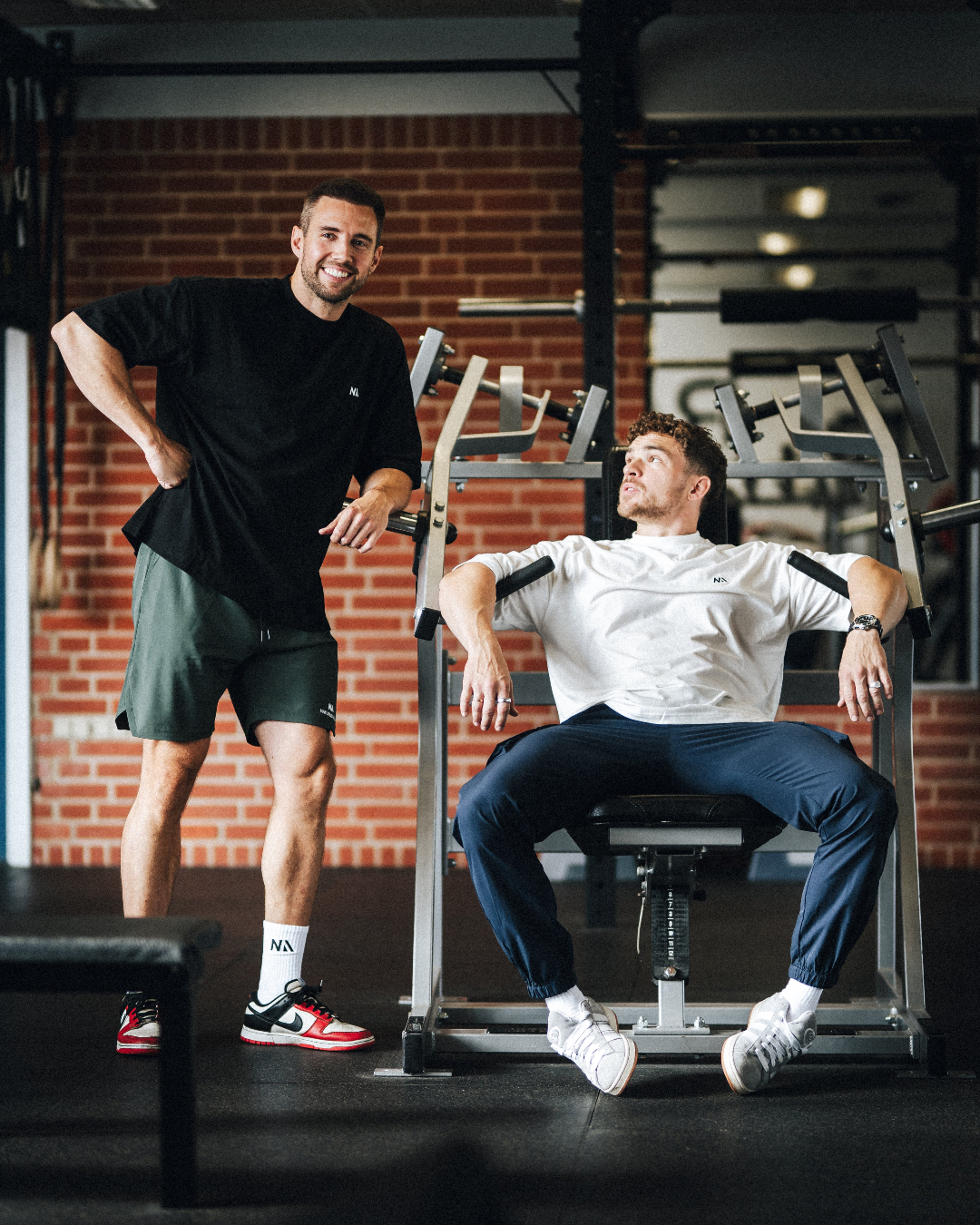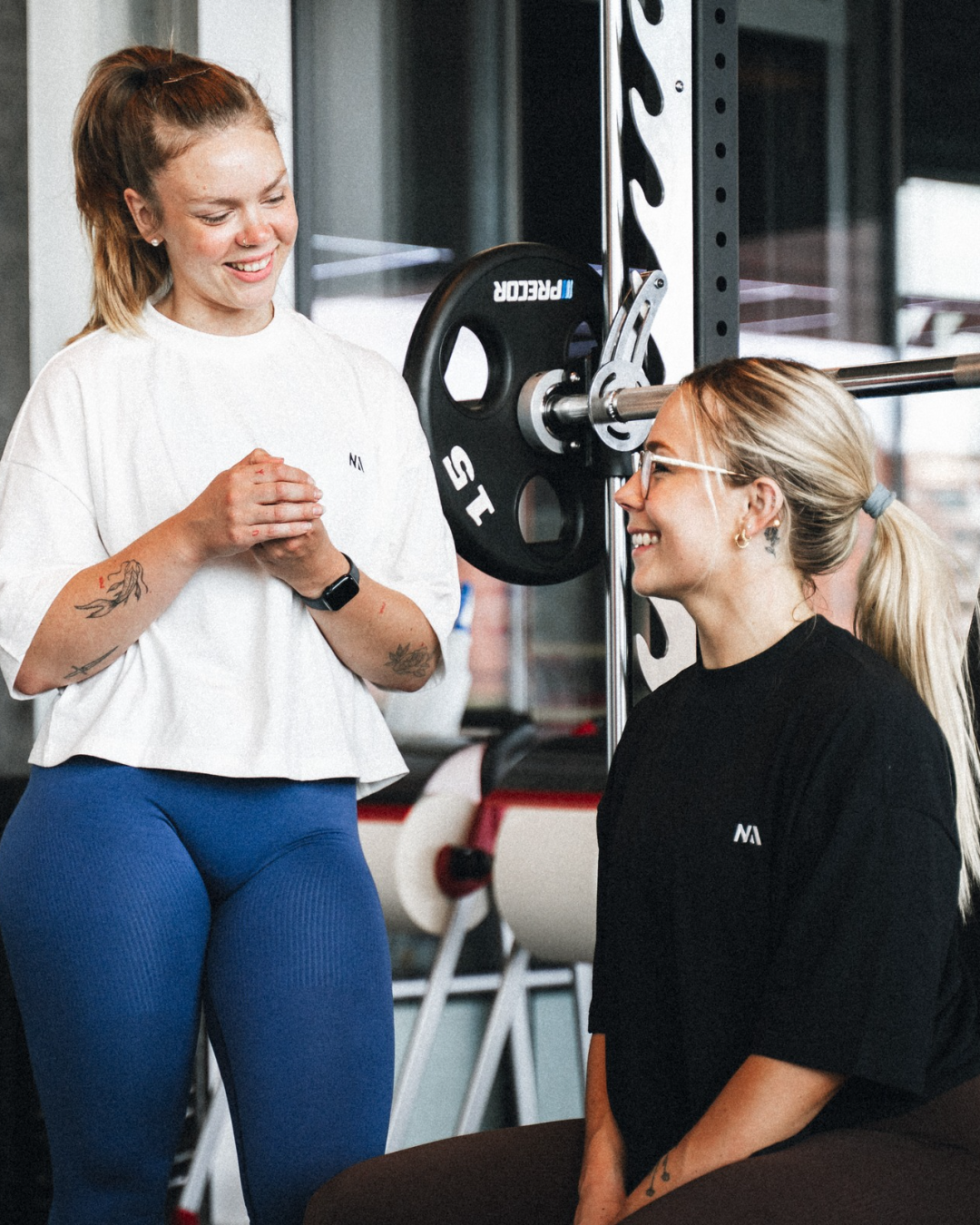When you have just started with weight training, there are many things you wonder about when you look around the center at all the other trainers. You see, for example, many people who use a (weight) training belt for various exercises.
If you have never been to a gym before, and do not know anything about weight training, it can be difficult to understand what you are using a training belt to. But we want to change that now. Because we want to take a closer look at the advantages and disadvantages of using a training belt and how to use the training belt correctly if you decide to use this tool.
Should everyone have a training belt?
When you're new to weight training, there are many things you may wonder about when you watch the others in the gym. One of the tools that often catches the eye is the training belt, which many use during certain exercises.
If you've never trained before and don't know much about weightlifting, it can be difficult to understand what a training belt actually does. We will now make you more aware of that. We will go over both the advantages and disadvantages of an exercise belt and explain how to use it correctly if you choose to use it.
Is a training belt necessary for everyone?
First of all, it is important to state that an exercise belt is not a requirement for weight training. Many mistakenly believe that a belt is a necessity to avoid injury – especially during heavy exercises such as squats, deadlifts and overhead presses. This is not true. It may even be beneficial to omit the belt, especially if you have just started weight training. We will return to why this is so later.
How does an exercise belt work?
The purpose of an exercise belt is to increase intra-abdominal pressure, which means it helps stabilize the body during heavy lifting. When doing exercises that require a stable core, it is important to tense up the stomach and lower back. This reduces the risk of injury and increases your ability to lift heavier weights.
Many people think that the belt must be tightened extremely tight, but that is not actually the point. The belt must give the abdominal muscles something to push against, and this is best achieved by having it tight, but not so tight that it feels like a corset. When it fits correctly, you can squeeze your abs against the belt, which increases stability and allows you to lift heavier weights. In fact, the intra-abdominal pressure can increase by up to 25%, which means that in some exercises like the squat, you can lift 5-15% more than without a belt.
Advantages and disadvantages of using a training belt
As mentioned, a training belt is not necessary, but there can be both advantages and disadvantages to using it. Your choice should depend on what works best for you and your training goals.Advantages of training belt:
- Lift heavier weights: The increased intra-abdominal pressure provides better stability so you can lift heavier weights, which promotes muscle growth and strength.
- Reduces the risk of back injuries: Increased stability in your core reduces the risk of back injuries during heavy lifting.
- Better body control: An exercise belt helps you feel if your body is moving incorrectly, which can prevent overextending your back during exercises like overhead presses.
- Increases specific training for competition: If you participate in sports such as powerlifting or weightlifting where a training belt is used during competition, training with a belt can help improve your performance.
- Keeps the lower back warm: The belt can help keep the heat around the lower back, which can reduce the risk of injury.
Disadvantages of training belt:
- Potentially inhibited core development: There is an opinion that a training belt can impair the development of the abdominal and lower back muscles because the belt provides support. Although some studies show that the muscles in the core can become stronger with a belt, you can also develop a different recruitment pattern in the abdominal muscles. This means that the muscles work differently when you are not using a belt.
- Stability issues without belt: If you always train with a belt, it can lead to problems with creating stability when one day you have to lift without it.
- Increased blood pressure: Exercising with a belt can increase blood pressure due to the higher intra-abdominal pressure. It can be a problem for those with high blood pressure.
How to use a training belt in the best possible way?
If you choose to use an exercise belt, it is important to use it strategically to minimize the negative effects. Many people tend to use the belt all the time, but it is not necessary. It should only be used for exercises where you really need it, such as squats, deadlifts and overhead presses.
Additionally, there is no need to use the belt during warm-up sets or lighter weights. A good rule of thumb is to only use the belt for sets above 85% of your maximum weight (1RM). That way, you get the benefits of the belt during the heavy lifts, but let your muscles work freely with lighter weights and build the necessary stability without a belt.










Leave a comment
This site is protected by hCaptcha and the hCaptcha Privacy Policy and Terms of Service apply.